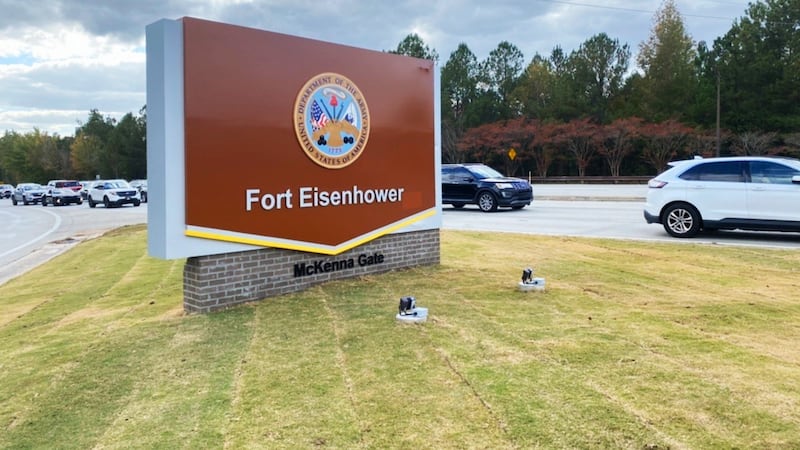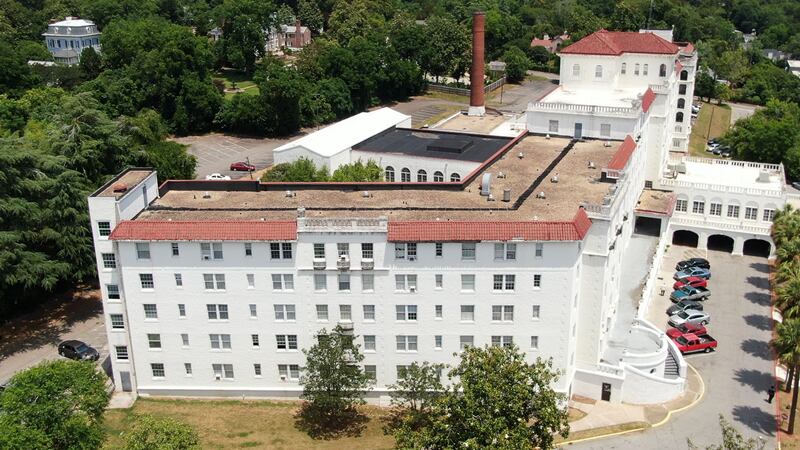South Carolina inmate dies by lethal injection in state’s first execution in 13 years
COLUMBIA, S.C. - South Carolina put inmate Freddie Owens to death Friday as the state restarted executions after an unintended 13-year pause because prison officials couldn’t get the drugs needed for lethal injections.
On Friday, the U.S. Fourth Circuit Court of Appeals denied taking up Owens’ emergency federal appeal to halt the execution.
This comes one day after the South Carolina Supreme Court denied a request to reconsider postponing the execution. Owens’ defense cited a new affidavit signed by Owens’ codefendant in a deadly Greenville County robbery in 1997.
Owens was convicted of shooting store clerk Irene Graves in the head at Speedway on Laurens Road in 1997. Prosecutors said he was angry she wasn’t opening the safe fast enough.
Steven Golden, who was also part of the robbery, signed an affidavit on Thursday saying, “Freddie Owens is not the person who shot Irene Graves.”
Golden said he was high on cocaine and marijuana when he was arrested on Nov. 11 and questioned by police. At the time, he signed a statement saying Owens shot Graves in the head. He also testified against Owens during his murder trial.
Officials looking for 15-year-old North Augusta runaway
We’re learning more about the case of a North Augusta runaway that’s beginning to sound like more of a kidnapping.
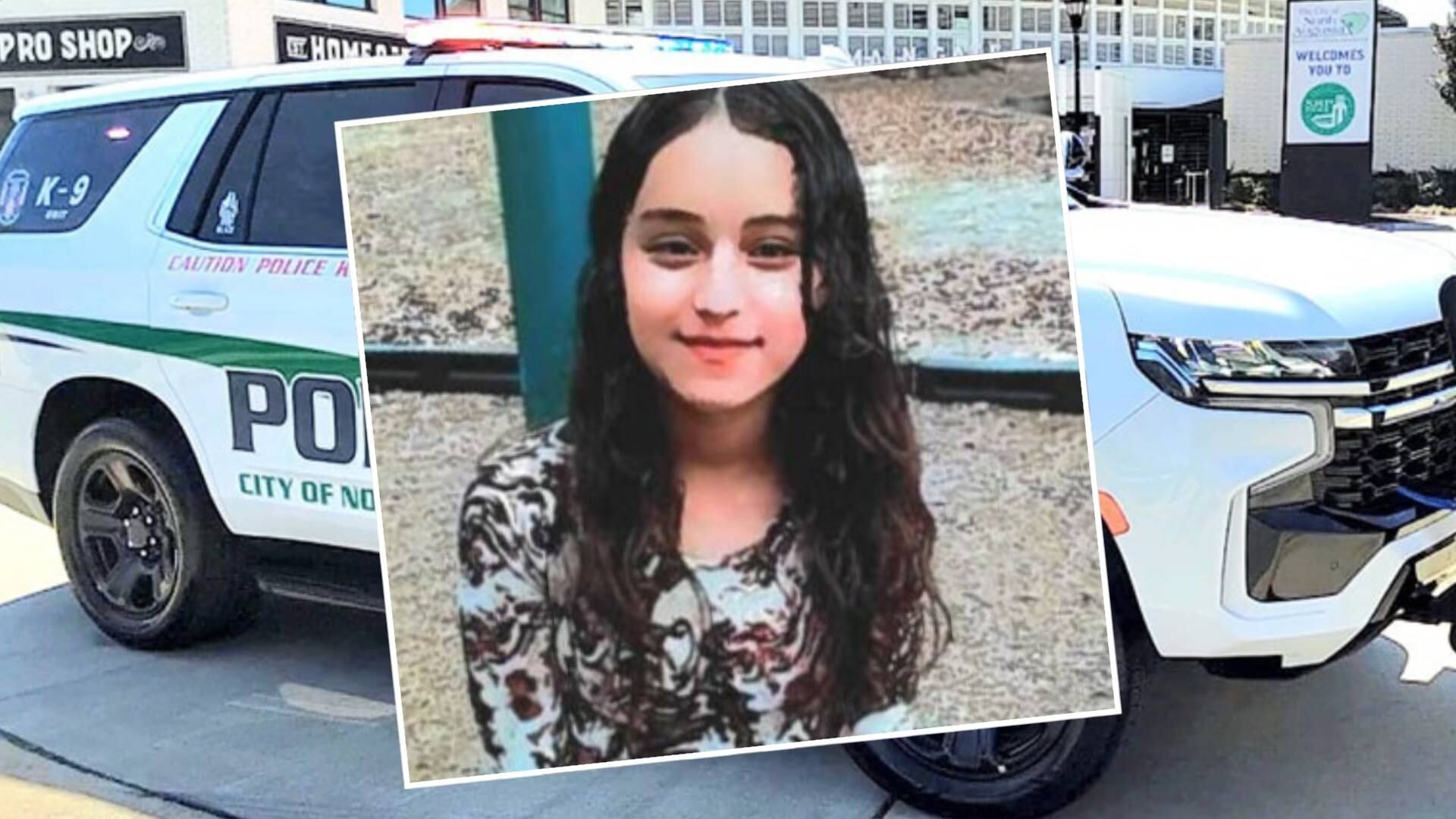
Owens may be the first of several inmates to die in the state’s death chamber at Broad River Correctional Institution. Five other inmates are out of appeals and the South Carolina Supreme Court has cleared the way to hold an execution every five weeks.
South Carolina first tried to add the firing squad to restart executions after its supply of lethal injection drugs expired and no company was willing to publicly sell them more. But the state had to a shield law keeping the drug supplier and much of the protocol for executions secret to be able to reopen the death chamber.
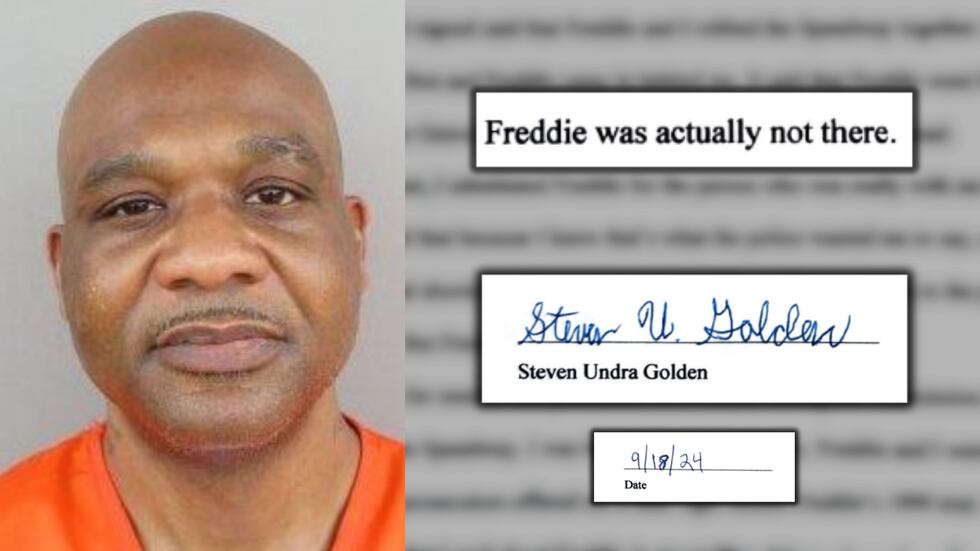
To carry out executions, the state switched from a three-drug method to a new protocol of using just the sedative pentobarbital. The new process is similar to how the federal government kills inmates, according to state prison officials.
South Carolina law allows condemned inmates to choose lethal injection, the new firing squad or the electric chair built in 1912. Owens allowed his lawyer to choose how he died, saying he felt if he made the choice he would be a party to his own death and his religious beliefs denounce suicide.
Owens changed his name to Khalil Divine Black Sun Allah while in prison but court and prison records continue to refer to him as Owens.
Aiken woman finds man in her house pointing a rifle at her
A man was arrested in Aiken on suspicion of entering a woman’s house and pointing a gun at her before fleeing and prowling around the neighborhood.
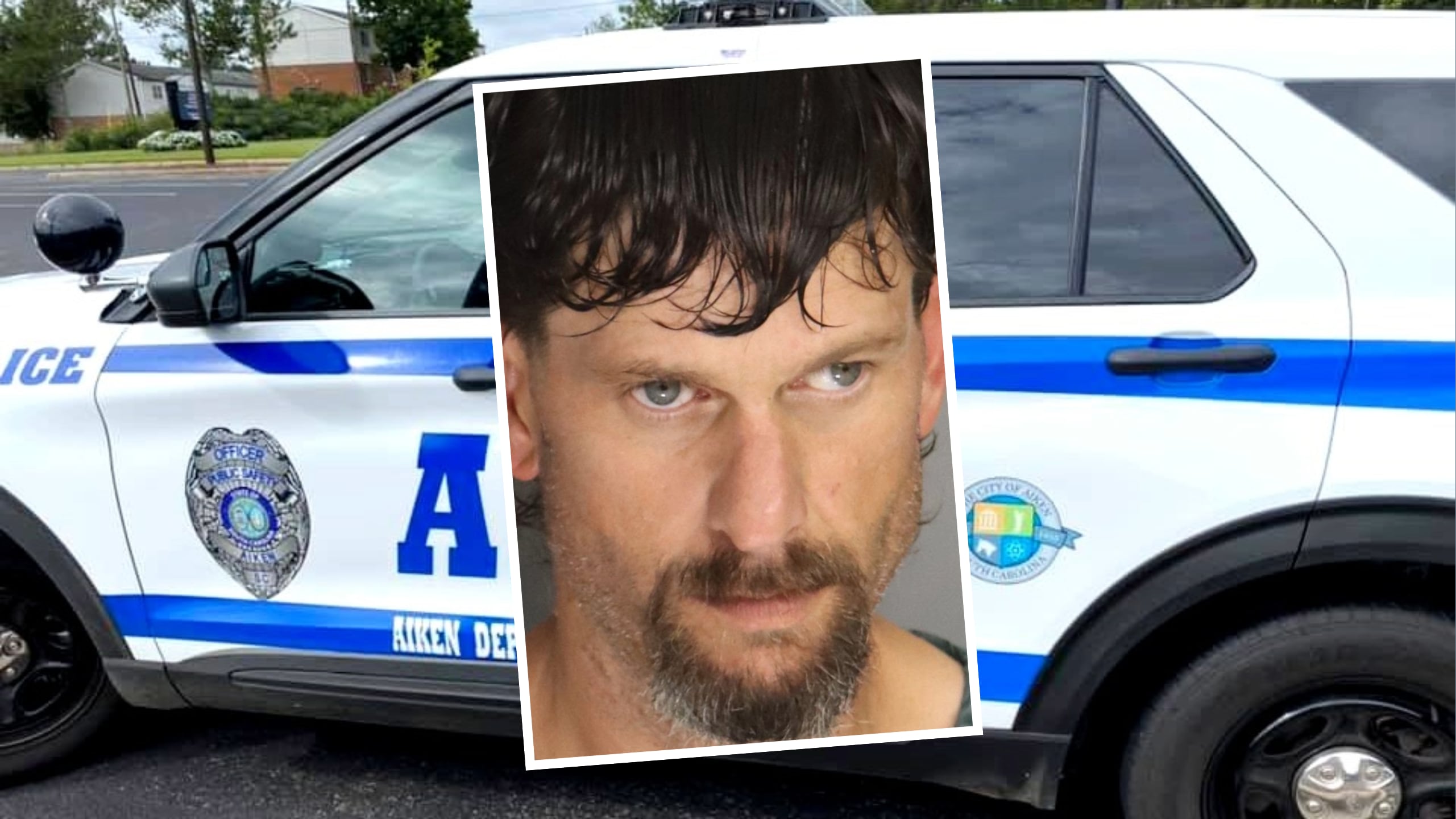
Owens was convicted of killing Irene Graves in 1999. But hanging over his case is another killing: After his conviction, but before he was sentenced in Graves’ killing, Owens fatally attacked a fellow jail inmate, Christopher Lee.
Owens gave a detailed confession about how he stabbed Lee, burned his eyes, choked and stomped him, ending by saying he did it “because I was wrongly convicted of murder,” according to the written of an investigator.
That confession was read to each jury and judge who went on to sentence Owens to death. Owens had two different death sentences overturned on appeal only to end up back on death row.
Owens was charged with murder in Lee’s death but was never tried. Prosecutors dropped the charges with the right to restore them in 2019 around the time Owens ran out of regular appeals.
S.C. weapon law violations up for 10th straight year, SLED data says
Crimes considered to be weapon law have now increased each year for the past decade, according to new data from the South Carolina Law Enforcement Division.

In his final appeal, Owens’ lawyers said prosecutors never presented scientific evidence that Owens pulled the trigger when Graves was killed and the chief evidence against him was a co-defendant who pleaded guilty and testified that Owens was the killer.
Owens’ attorneys provided a sworn statement two days before the execution from Steven Golden saying Owens was not in the store, contradicting his trial testimony. Prosecutors said other friends of Owens and his former girlfriend testified that he bragged about killing the clerk.
“South Carolina is on the verge of executing a man for a crime he did not commit. We will continue to advocate for Mr. Owens,” attorney Gerald “Bo” King said in a statement.
Owens’ lawyers also said he was just 19 when the killing happened and that he had suffered brain damage from physical and sexual violence while in a juvenile prison.
South Carolinians for Alternatives to the Death Penalty planed a vigil outside the prison about 90 minutes before Owens is scheduled to die.
South Carolina’s last execution was in May 2011. It took a decade of wrangling in the Legislature — first adding the firing squad as a method and later ing a shield law — to get capital punishment restarted.
South Carolina has put 43 inmates to death since the death penalty was restarted in the U.S. in 1976. In the early 2000s, it was carrying out an average of three executions a year. Only nine states have put more inmates to death.
But since the unintentional execution pause, South Carolina’s death row population has dwindled. The state had 63 condemned inmates in early 2011. It had 32 when Friday started. About 20 inmates have been taken off death row and received different prison sentences after successful appeals. Others have died of natural causes.
Copyright 2024 WRDW/WAGT. All rights reserved.
